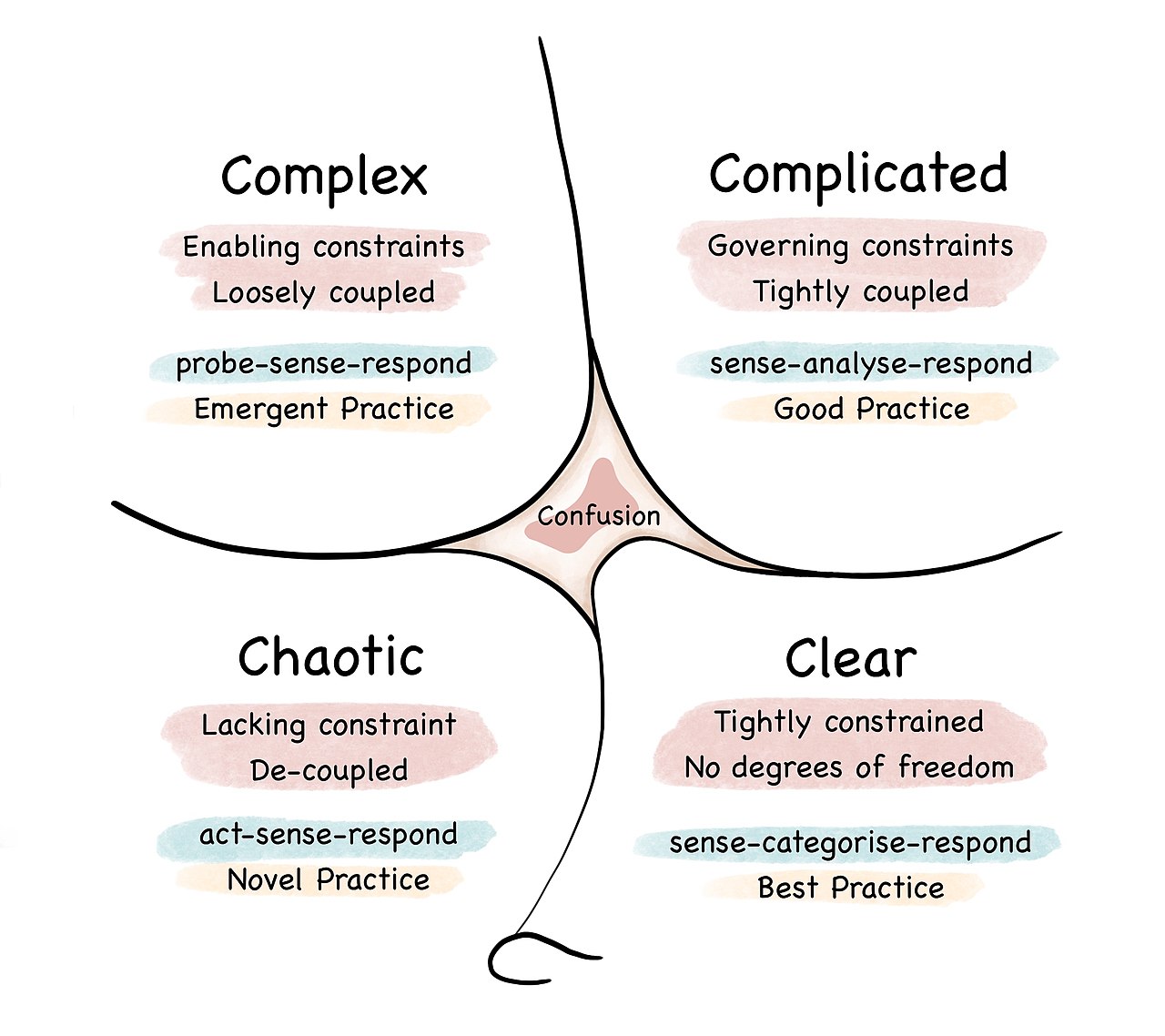Before discussing leadership—a topic I'll cover in the next post—it's essential to understand the teams that will be...

The Software Engineer as the Product’s Core
The Software Engineer as the Product's Core
Why reducing the Software Engineer to just a “code writer” is a strategic mistakeBefore discussing leadership—a topic I’ll cover in the next post—it’s essential to understand the teams that will be led. In this particular case, I want to focus on a key figure within any tech organization: the Software Engineer. Leadership will be addressed in the next post.
Throughout my experience, I’ve witnessed how their role has evolved, as well as the expectations regarding their skills and responsibilities.
The software industry has undergone profound transformations—largely thanks to thought leaders who redefined how we develop digital products and services—and, as a result, the expectations for Software Engineers have changed.
Although some corporations still attempt to rigidly dictate what an engineer should do or code, the reality is that their role has expanded: today, they actively participate in decision-making and solution definition.
The modern software engineer is a key collaborator, the technical heart of the product.
It’s crucial to recognize that their impact doesn’t solely depend on their technical knowledge. To provide true value, they need to develop both technical skills (hard skills) and interpersonal and organizational skills (soft skills).
Soft Skills
-
- Teamwork and collaboration
- Adaptability and change management
- Effective communication
- Critical thinking and problem-solving
- Proactivity and autonomy
- Feedback and continuous learning
- Customer and value orientation
- Time management and prioritization
Hard Skills
-
- Programming and language proficiency
- Administrative and documentation tools
- Version control and repository work
- Automation y DevOps
- Testing and QA
- Cloud Computing
- Architecture design
- Secure development
- Databases and data modeling
- UX and accessibility
A programmer’s work goes far beyond just writing code. In addition to programming, they engage in essential activities to ensure the team continuously delivers business value. This ranges from collaborating with stakeholders to the ongoing evolution of the team and the product.
If we were to imagine the weight of each of these areas in their daily work, coding would likely occupy only a portion. The rest is distributed among design, validation, communication, support, technical decisions, and product evolution.
Software Engineer Task Distribution (Percentages)
1. Programming and Development (30%-40%)
-
-
Writing and reviewing code.
-
Implementing features based on sprint requirements.
-
Code refactoring to maintain quality standards.
-
Automated testing (unit, integration).
-
2. Refinement and Discovery (15%-20%)
-
-
Participating in refinement sessions to understand and break down user stories.
-
Requirements analysis with the Product Owner and stakeholders.
-
Engaging in discovery to research technical solutions or alternatives.
-
Validating and clarifying technical doubts during the planning phase.
-

3. Communication and Collaboration Meetings (15%-20%)
-
Daily stand-ups: Reviewing progress and coordinating with the team.
-
Planning and retrospectives: Defining sprint goals and improving processes.
-
Synchronization with other areas: Collaborating with UX designers, DevOps, QA, etc.
-
Communicating with stakeholders to align the technical vision with business expectations.
4. Testing y Control de Calidad (10%-15%)
-
- Desarrollo basado en pruebas (TDD/BDD) para asegurar un código robusto.
- Code reviews para mantener estándares de calidad y compartir conocimiento.
- Corrección de bugs detectados en ambientes de prueba o producción.

5. Research and Continuous Learning (10%-15%)
-
-
Exploring new technologies or patterns that add value to the team.
-
Training in best practices and development tools.
-
Documenting processes and continuous improvements.
-
6. Continuous Improvement and Automation (5%-10%)
-
-
Optimization of development processes.
-
Contributing to improved development practices within the team.
- Monitoring and adjusting CI/CD tools to streamline workflows.
-

Conclusion
A Software Engineer should not be reduced to an operational role limited to writing lines of code. Their work starts from the earliest stages of the product lifecycle: they participate in discovery, contribute to design, understand business needs, conceptualize viable solutions, and take responsibility for their quality and maintenance.
They must be invited to engage actively in business rules, hypothesis validation, and technical decisions that directly impact the product. In this sense, they should be treated as value creators and co-owners of the outcomes—not just the deliverables. With this recognition also comes the duty to take responsibility—positive or negative—for their involvement or absence.
They should not be assessed solely on their ability to write code or based on raw productivity metrics. Their real impact is reflected in how they contribute to business understanding, team engagement, continuous product improvement, and shared ownership of quality.
Treating them as co-responsible for success means broadening how we evaluate them. It’s not about controlling their output, but observing their growth as well-rounded professionals: How do they add value? How do they adapt? How do they improve? How do they collaborate?
Therefore, evaluations should focus on quality of work, technical maturity, team collaboration, and the ongoing improvement of their processes—without neglecting the shared technical responsibilities of the team.
The Software Engineer as the Product’s Core
Traditional or Agile Management?
Did you know that over 70% of projects following a traditional approach fail in environments with high uncertainty or...




